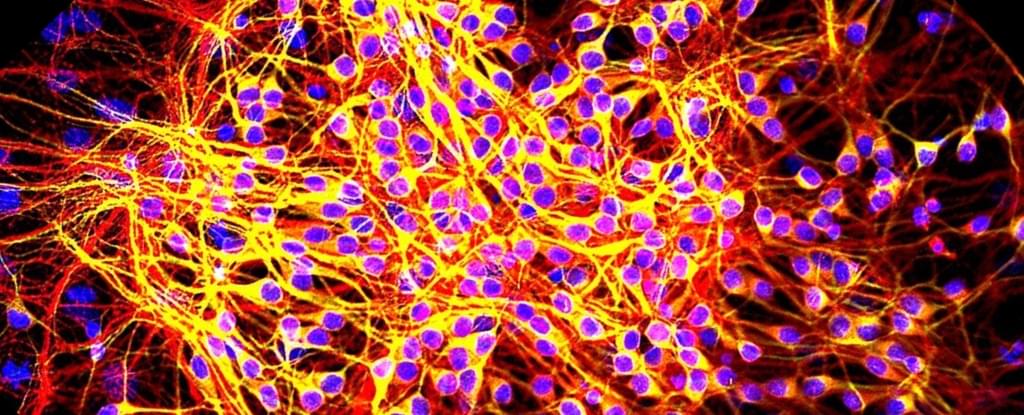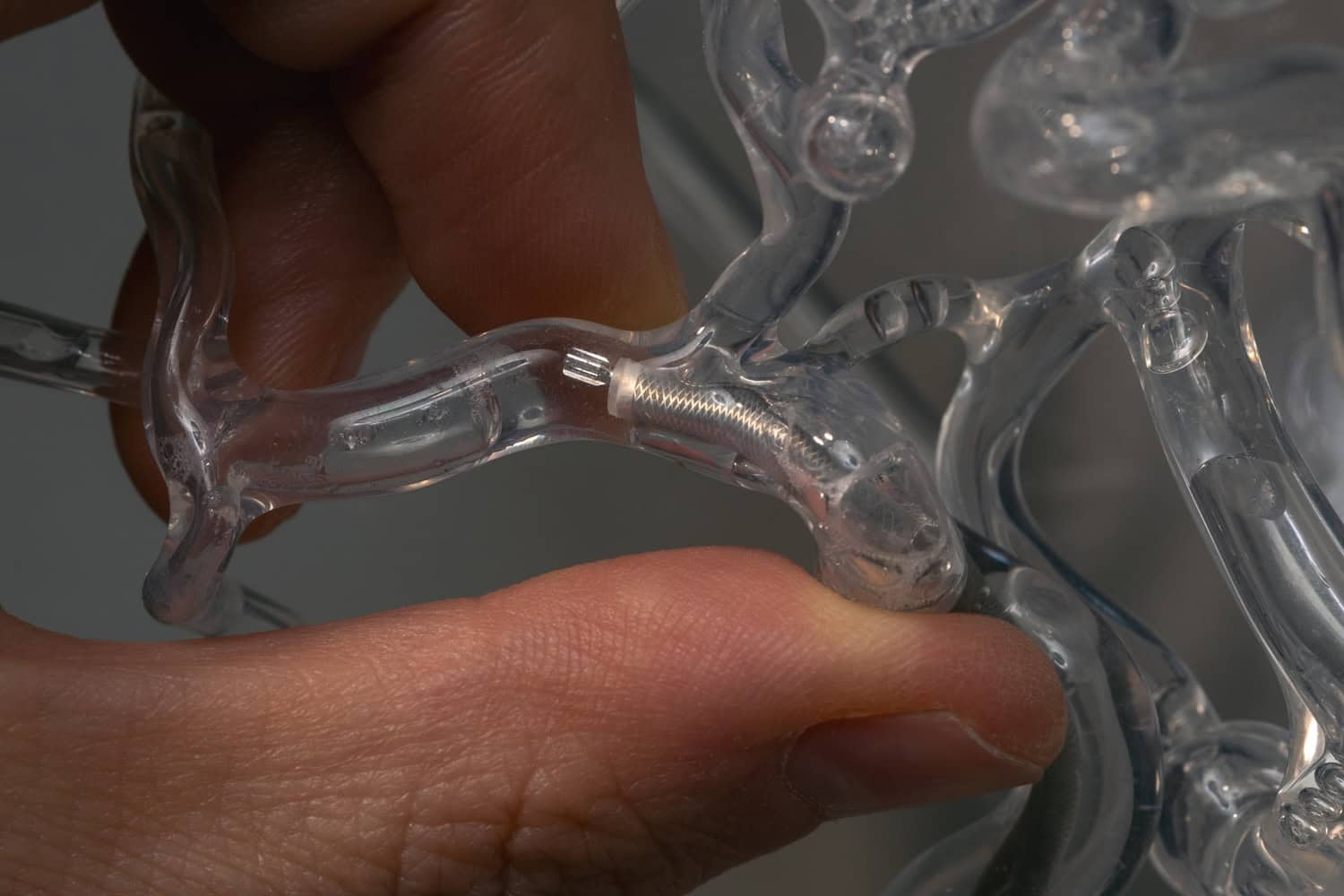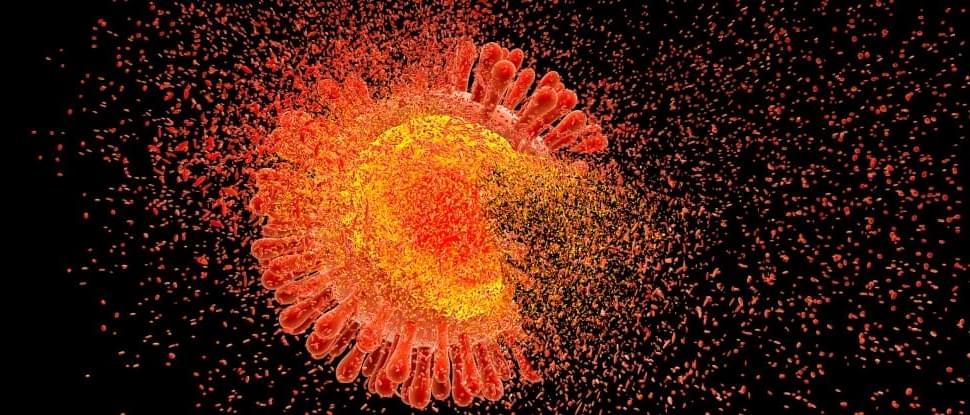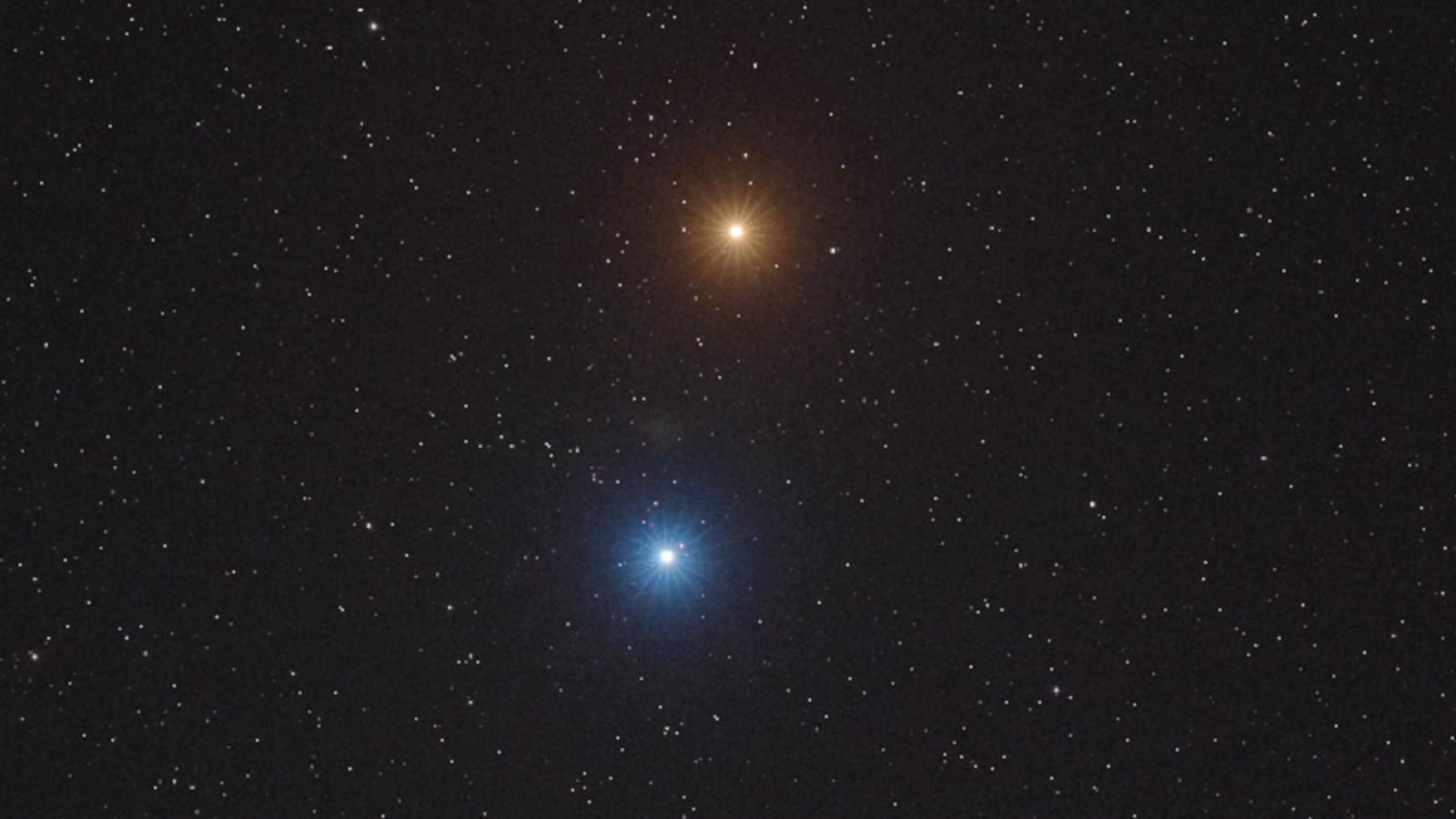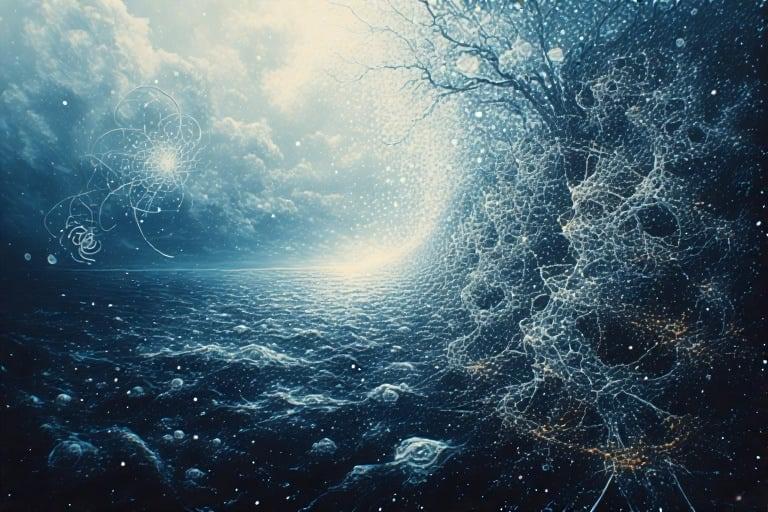Previously, the greatest reported distance records for an appreciable amount of optical power (1 microwatt) were 230 watts of average power at 1.7 kilometers for 25 seconds and a lesser (but undisclosed) amount of power at 3.7 kilometers.
“It is beyond a doubt that we absolutely obliterated all previously reported optical power beaming demonstrations for power and distance,” said POWER Program Manager Paul Jaffe after the results were confirmed. The DARPA-led team brought together industry and government, including the U.S. Naval Research Laboratory and the High Energy Laser Systems Test Facility (HELSTF) at the U.S. Army’s White Sands Missile Range.
Energy is a fundamental requirement for military operations, and traditional means of getting energy to the edge (battlefields, disaster zones, etc.) are often incredibly slow, risky, and resource intensive. These tests, referred to as PRAD (POWER Receiver Array Demo), mark an important step towards the POWER program’s long-term goal of being able to instantly beam power from a location where it can be easily generated to wherever it’s needed, opening a novel design space for platform capabilities unbounded by fuel limitations.

